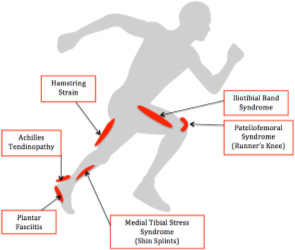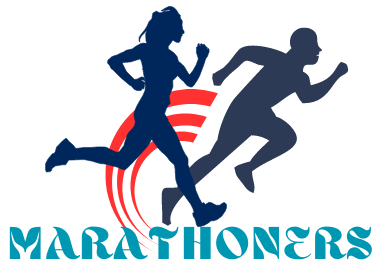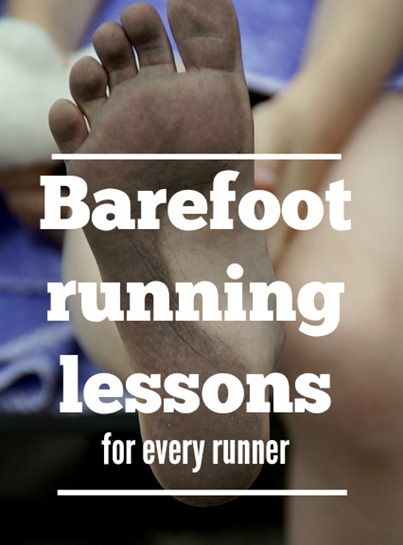Common Running Injuries You Need to be Careful
Running is one of the most effective and accessible forms of exercise, but it comes with its fair share of risks. Whether you’re a beginner or an experienced runner, injuries can occur if you push yourself too hard or neglect proper form and recovery. This comprehensive guide explores the most common running injuries, how to prevent them, and the best treatment strategies for a swift recovery.
Common Running Injuries and How to Treat Them
Common running injuries include shin splints, plantar fasciitis, IT band syndrome, and stress fractures, all of which can hinder performance and require proper treatment for recovery. To prevent these injuries, it’s crucial to focus on proper form, wear appropriate footwear, and gradually increase mileage.
1. Runner’s Knee (Patellofemoral Syndrome)
Runner’s knee is an overuse injury that occurs when the kneecap is out of alignment, causing pain around or behind the kneecap, especially when:
- Climbing stairs
- Squatting
- Sitting with a bent knee for extended periods
Causes:
– Weak thigh muscles.
– Overuse or sudden increase in training.
– Incorrect running techniques.
Symptoms:
– Pain around the kneecap.
– Swelling and grinding sensation.
– Pain worsens with running or going downstairs.
Treatment:
- Reduce running intensity and mileage
- Strengthen quadriceps and hip muscles
- Use knee-supportive footwear and insoles
- Apply ice to reduce inflammation
2. Stress Fracture
A stress fracture is a small crack in a bone, often caused by increasing activity levels too quickly. Runners typically experience stress fractures in the shin and feet.
Symptoms:
- Pain that worsens with activity and improves with rest
Treatment:
- Complete rest and avoid impact activities
- Wear supportive footwear or a walking boot if advised by a doctor
- Increase calcium and vitamin D intake for bone health
3. Shin Splints (Medial Tibial Stress Syndrome – MTSS)
Shin splints cause pain along the shin bone, often due to a sudden increase in training volume or intensity.
Risk Factors:
- Flat feet
- Running on hard surfaces
- Improper footwear
Treatment:
- Reduce mileage and intensity
- Perform calf and shin stretches
- Wear proper arch-supporting shoes
4. Achilles Tendinopathy
This condition, previously called Achilles tendinitis, results from chronic stress and degeneration of the Achilles tendon. It causes pain and stiffness in the heel, especially in the morning.
Treatment:
- Rest and avoid high-impact activities
- Ice the affected area to reduce swelling
- Perform calf stretches and strengthening exercises
Achilles Tendinitis
Achilles tendinitis is a common running injury characterized by the inflammation of the Achilles tendon, which is the band of tissue that connects the calf muscles at the back of the lower leg to the heel bone. This condition often occurs due to overuse, improper footwear, or poor running technique, leading to discomfort and pain in the back of the leg above the heel. It causes pain and stiffness in the heel, especially in the morning.
Causes
Achilles tendinitis can be caused by several factors, including:
- Overuse from repetitive stress on the tendon during running or other physical activities
- Insufficient stretching before exercise or sports
- Inadequate or worn-out footwear that does not provide proper support
Symptoms
Common symptoms of Achilles tendinitis include:
- Pain and stiffness along the Achilles tendon, especially in the morning
- Tenderness or aching in the heel, particularly after physical activity
- Swelling or thickening of the tendon
Treatment
Effective treatment for Achilles tendinitis often involves:
- Resting and avoiding activities that aggravate the condition
- Applying ice to reduce pain and inflammation
- Physical therapy to strengthen the tendon and calf muscles
- Wearing supportive footwear or using orthotic inserts
- Stretching exercises to improve flexibility and reduce stress on the tendon

Credit: www.drdegiorgio.com
5. Muscle Pull (Strain)
A muscle pull, or strain, occurs when a muscle is overstretched or torn, often felt as a sudden pop or sharp pain.
Commonly Affected Muscles:
- Hamstrings
- Quadriceps
- Calf muscles
- Groin
Treatment:
- Follow the RICE method: Rest, Ice, Compression, Elevation
- Gradually reintroduce movement with stretching and strengthening exercises
6. Ankle Sprain
An ankle sprain occurs when the ligaments surrounding the ankle are overstretched or torn, often due to an inward rolling motion.
Treatment:
- Use the RICE method for swelling and pain relief
- Wear supportive shoes and use ankle braces if needed
- Strengthen ankle muscles with balance exercises
7. Plantar Fasciitis
Plantar fasciitis is inflammation of the thick tissue on the bottom of the foot, causing intense heel pain, particularly with the first steps in the morning.
Treatment:
- Perform calf and foot stretches
- Wear supportive shoes at all times, even at home
- Ice the bottom of the foot to reduce pain and swelling
8. IT Band Syndrome
The iliotibial (IT) band is a ligament running along the outer thigh. IT band syndrome occurs when it thickens and rubs against the knee bone, causing inflammation and pain on the outer knee.
Treatment:
- Reduce running volume
- Foam roll and stretch the IT band
- Ice the affected area after exercise
9. Blisters
Blisters are fluid-filled sacs caused by friction between shoes, socks, and skin.
Prevention:
- Break in new shoes gradually
- Wear double-layer socks
- Apply petroleum jelly to friction-prone areas
10. Temperature-Related Injuries
Running in extreme weather conditions can lead to:
- Heat exhaustion or sunburn (hot conditions)
- Frostbite or hypothermia (cold conditions)
Prevention:
- Dress appropriately for the weather
- Stay hydrated
- Use sunscreen in hot weather and layer up in cold conditions
Tips to Prevent Running Injuries
While injuries can happen, many can be prevented with proper preparation and training habits. Here are some essential tips:
1. Listen to Your Body
- If you experience persistent pain, stop running and rest.
- Don’t ignore discomfort—small injuries can worsen over time.
2. Follow a Smart Running Plan
- Increase mileage gradually (no more than 10% per week).
- Consult a trainer or physical therapist to build a personalized plan.
3. Warm-Up and Stretch
- Start with a 5-minute dynamic warm-up (e.g., walking lunges, leg swings).
- Focus on stretching calves, hamstrings, quads, and hip flexors.
4. Strength Train and Cross-Train
- Strengthen core and leg muscles with weight training.
- Alternate running with low-impact activities like swimming or cycling to reduce repetitive strain.
5. Wear Proper Running Shoes
- Get fitted for running shoes that match your foot type.
- Replace shoes after 300-500 miles to maintain support.
- Use orthotics if you have flat feet or high arches.
6. Run on Safe Surfaces
- Avoid uneven terrain and steep hills until conditioned.
- Choose softer surfaces like grass or tracks over concrete.
7. Stay Hydrated and Eat Right
- Drink enough water before, during, and after your run.
- Consume protein and complex carbs to aid recovery.
8. Be Visible and Stay Safe
- Run in well-lit areas or wear reflective gear.
- Keep a phone and ID with you.
- Use low-volume headphones to remain aware of your surroundings.
Treating Running Injuries: When to Seek Medical Help
For minor injuries, following the RICE method (Rest, Ice, Compression, Elevation) can help. However, seek medical attention if:
- Pain persists despite rest and home treatment
- You experience swelling or bruising that worsens over time
- You are unable to bear weight on the injured limb
A sports medicine specialist, physical therapist, or orthopedic doctor can diagnose and treat more serious injuries with advanced therapies, physical rehabilitation, or even surgery if needed.
Conclusion
Running injuries can be frustrating, but with proper prevention, treatment, and recovery strategies, you can stay injury-free and enjoy running for years to come. Listen to your body, train wisely, and don’t hesitate to seek medical guidance when needed. Happy running!





